The gaming universe is vast, and it’s easy for games to fly under the radar, regardless of how good they are. That’s certainly the case for Nihon Falcom’s long-lived Trails series.
It started life as a spin-off The Legend of Heroes franchise, which is itself a sub-series of Dragon Slayer, one of the oldest CRPGs in existence, and despite developing a devoted following in Japan, the series remains relatively unknown and one of the most underrated RPG series in the West.
That might be about to change, though. Xseed has released remakes of the first two Trails of Cold Steel games, the first of which — The Legend of Heroes: Trails of Cold Steel, Decisive Edition — launched this week, and NISA will be localizing and publishing the third game in the series this fall.
For newcomers to the franchise, it can seem like an impenetrable mass of names, lore, re-releases, and confusion. If you love story-based RPGs, though it’s worth sorting through it all and diving into. Think of this handy piece as your one-stop intro and FAQ rolled into one.
The Basics
There are the three Trails in the Sky games, collectively referred to as the Liberl arc; there’s Sky FC (first chapter), Sky SC (second chapter), and Sky the 3rd, which doesn’t need much explanation.
The next games are Zero no Kiseki and Ao no Kiseki, known as the Crossbell arc and translated loosely as Trails to Zero and Trails to Azure, respectively.
Then come the four Trails of Cold Steel games that make up the Erebonia arc, two of which remain unreleased outside Japan.
The Trails games take place in the same universe over the span of roughly three or four years on the continent of Zemuria, and they’re heavily story based.
Terms and people that pop up in the first Sky game will be important later in the series, while a character who makes a minor appearance in the first Trails of Cold Steel is also a major antagonist in Ao no Kiseki and plays an important role in CSIII.
Or a new perspective will be introduced that completely changes how you view the plot so far.
And despite being nine games strong, the overall plot is only at 80% completion, according to Falcom president Toshihiro Kondo. It’s the sort of depth reserved for lengthy novel series, something you rarely see in video games.
Characters and Story Structure
Like the rest of Falcom’s offerings, the Trails games don’t break the RPG mold. However, they do use it in creative ways and combine various different strands of mechanics and characterization into a high-quality, engaging package.
Most characters will, initially, resemble a trope you might have seen elsewhere — the sexy big sister with a passion for drink, the quiet young man with a past, the brash tomboy, and so on. But the character development is handled in such a way that the tropes gradually fade away until you’re left with a believable, dynamic personality.
One notable example of deeper characterization involves Estelle Bright, the protagonist of Sky FC and SC and the brash tomboy mentioned earlier.
Normally in Japanese games, you expect lots of positivity and platitudes about kindness and hope. Yet when Estelle responds to the coldest of cynicism and most brutal callousness with hope for a brighter future and redemption, you believe her, just because that’s who the character is. It takes good writing and characterization to pull that off in a genre stuffed full of tropes.
The Trails games aren’t afraid to tackle heavier subjects either, from PTSD and mass murder, to exploitation and the darkest of tragedies. These things are handled surprisingly well too, with believable outcomes and greater coherence than some other examples of RPGs that deal with more profound themes like Xenogears and Persona.
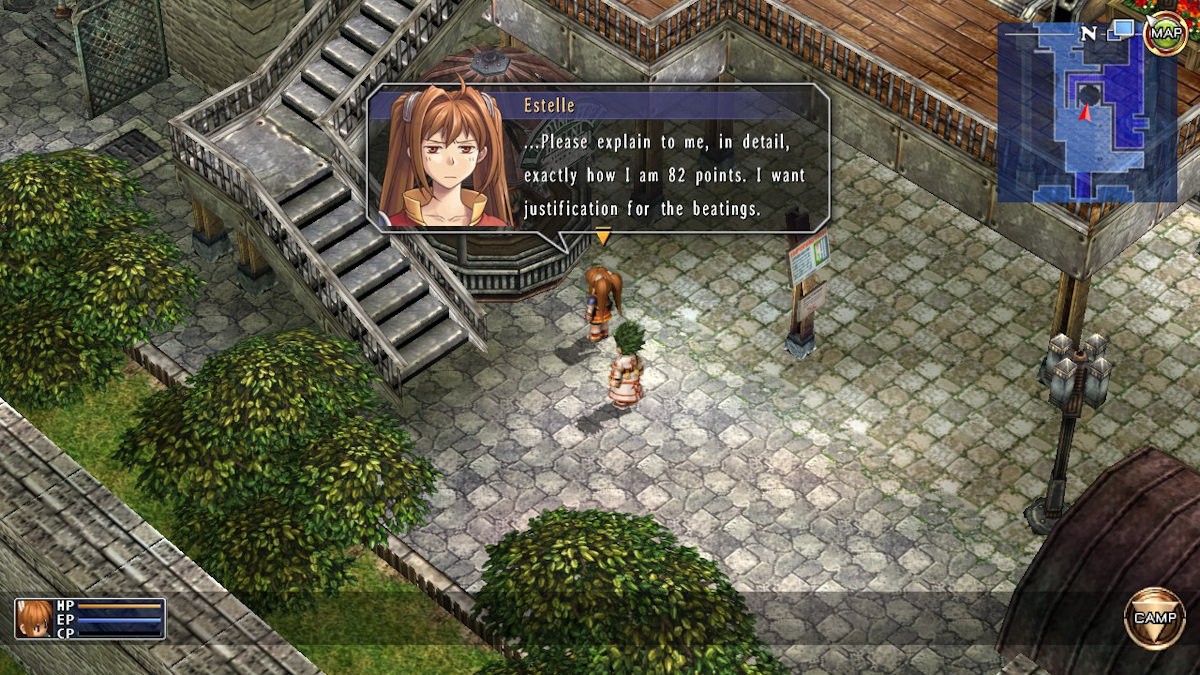 Though it isn’t opposed to throwing in some humor either
Though it isn’t opposed to throwing in some humor either
The story is part of what makes the games so unique and worthwhile as well, though it might take some getting used to for some players. Each game follows a set structure, and the first game in each arc begins slowly — some more than others.
Typically, around the halfway point, the action picks up noticeably, and players get a partial idea of the larger scenario before that comfortable structure is completely shattered, and everything rises in a dramatic crescendo as you propel to the conclusion.
With the exception of Zero no Kiseki, the first game in each arc also ends with a massive cliffhanger. If you’re just joining the series now, consider yourself lucky that you can power through without waiting years in between for the next installment. For the most part.
It’s difficult to go into much detail about the plots without entering spoiler territory, but here’s a short overview.
The Sky games juxtapose an intimate family story with a sinister political plot that eventually gives way to something with much broader implications for Zemuria and Estelle personally.
It’s also a coming of age story done well. The way information is revealed about important events and the gameworld in general, the player only realizes the full extent of people’s and nations’ motivations and how the world works as Estelle does, making that moment of emotional and mental maturity seem much more natural than is often the case.
The two Crossbell games expand on what the Sky games started in a vastly different setting, the urban commercial city of Crossbell. It combines personal stories with local politics, including gang problems, woven around broader political troubles associated with the tiny country’s massive, warmongering neighbors, Erebonia and Calvard.
The Cold Steel arc presents some of the same events from the Erebonian perspective and was meant to introduce new players to the series. These games include the same personal and political emphases as earlier ones, though they add even more dimensions to the political and focus on what constitutes a moral use of power and how those considerations should guide a military nation. It’s also wrapped around a school story with some slice of life elements.
Useful Quests
In between progressing the main plot, you’ll take on a variety of side and main quests that help you get to know the places the game takes place in and the people who live there.
For the Sky games, you act as Bracers — a sort of NGO organization dedicated to helping civilians and maintaining peace — while Cold Steel puts you in the role of student council aid, and the main characters in Zero and Ao are part of a special police force.
Quests come in a variety of forms, from fetch quests to monster exterminations, but they’re wrapped around interesting concepts. One quest might involve talking to different people to gather information, but the end goal is re-uniting an orphan with her extended family after they were separated during a war.
As you can imagine with quests like that, the NPCs are one element that makes the Trails universe unique, since their dialogue and lives tend to change with each major story beat. It sounds tame on paper (who plays a game for NPCs after all?) but experiencing it is a different matter. Along with the top-notch writing and engaging characters, it’s yet another way the games manage to immerse players in the story.
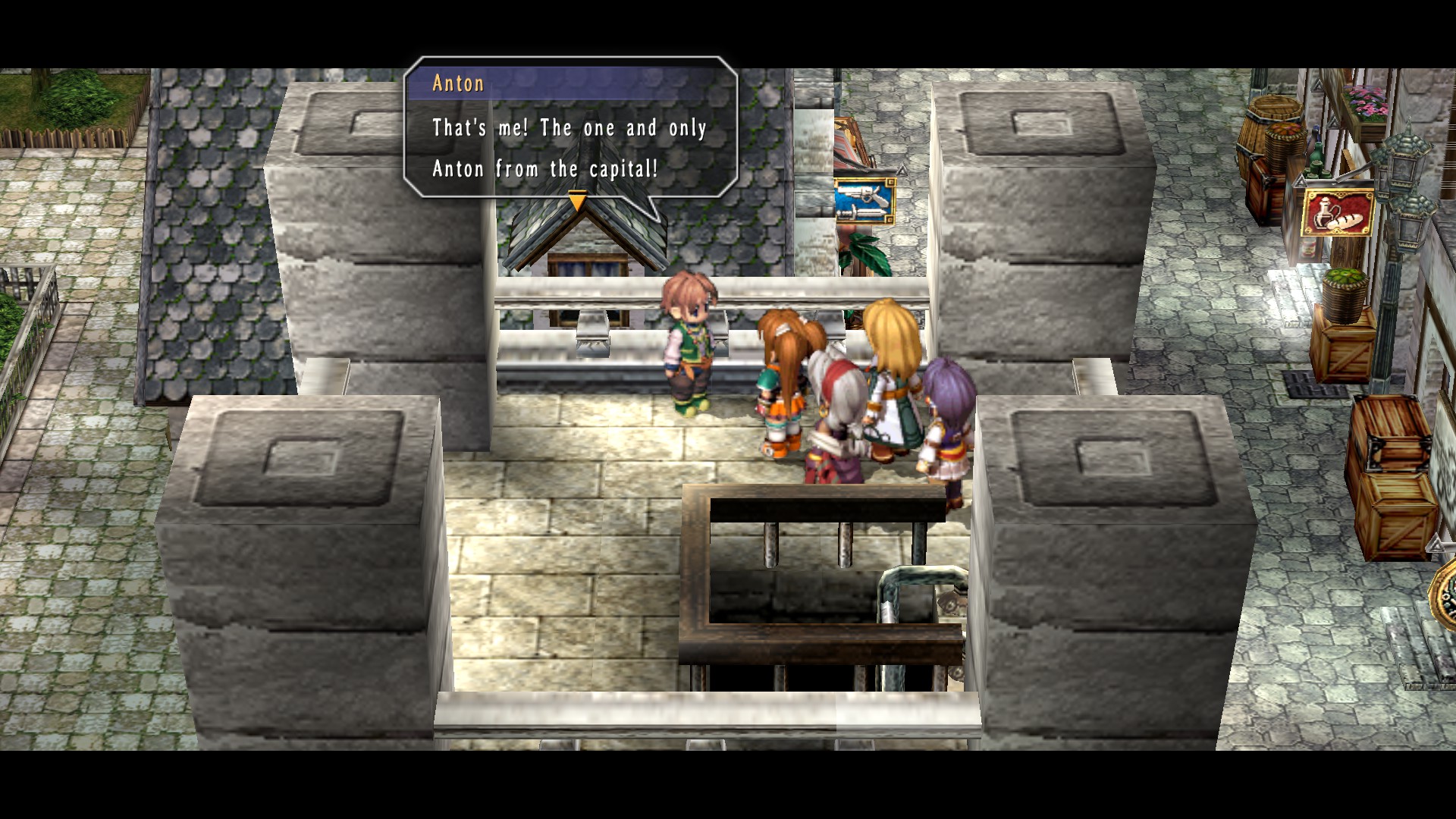 Anton’s story unfolds across almost every Trails game.
Anton’s story unfolds across almost every Trails game.
Going Into It Blind
A common question is whether to use a guide for playing Trails games. Because there are easily missable hidden quests in each chapter of each game, it’s tempting to reach for a guide immediately.
But like the Persona games, it’s better to just do your best and work through the game your own way first, so you can experience everything organically, instead of just completing tasks. The games are meant to be played through more than once anyway, especially the Cold Steel games, and the second playthrough is when you can focus on full completion.
Deep Combat System
Trails games are also RPGs with innovative combat systems that each series improves on. It retains the movement-based structure of the earlier Legend of Heroes games, while adding almost endless customization options how you build your characters.
Each character wields a specific weapon type and has access to a growing range of attacks called Crafts. Crafts often have a wider range than normal attacks or cause some sort of status effect.
The other main attack type is Arts, which work basically the same as magic in other RPGs and is where Trails combat gets interesting. In the Sky games and Zero, the arts a character can use depend on what quartz you insert into a machine called a battle orbment (Trails jargon).
The quartz are created using shards of crystallized elemental energy and grant certain bonuses — increased attack or defense, shorter casing times, and such like — while having an elemental grade, so to speak; these bonuses and grades increase with higher level quartz.
For example, in Sky FC, the HP 1 quartz increases HP by 5% and has a value of 1 for water; HP 2 increases HP by 10% and has a value of 3 for water.
The arts a character can cast depend on the values of each element in their orbment, with higher level spells requiring a combination of elements at varying grades. Some characters are built to favor certain elements, with some slots in their orbment being restricted to a specific element. With the exception of a few characters, though, you’re free to focus a character primarily on Arts, on strength, or on both.
It’s also where Falcom experiments the most in terms of combat. Each Sky game adds new quartz and new Arts. Zero follows suit, but Ao no Kiseki includes Master Quartz, which level up through battle and grant different arts and stat increases depending on which Master Quartz is used. Cold Steel uses these as well, but removes the element combination component. Instead, individual quartz will grant access to specific arts.
It’s a minor touch, but it speaks to Falcom’s design philosophy: keep what works, innovate where you can, and make a game for the fans first and foremost.
Stellar Soundtracks
All the Trails games rank among the top games with the best soundtracks as well. Falcom’s in house team, the Falcom JDK Sound Team, creates the soundtracks for each. Like the games themselves, the tracks might not re-invent video game music, but they certainly get used in effective ways.
The opening tracks feature J-pop style vocals from Kanako Kotera with lyrics that (in English) set the tone for each game. For example, Ashita E No Kodou combines cheerfulness and unity with recognition of a lurking darkness, which basically describes the entirety of the first Cold Steel game, while Aoi Kiseki revolves around the themes of loss and suffering that permeate Ao no Kiseki.
Trails in the Sky the 3rd gets Cry for Me, Cry for You, a foreboding song whose significance players only understand as they begin the game’s last chapter. Sky FC is the exception. It gets an overture-style opening and closes with Hoshi no Arika, an emotive song that matches perfectly with the somber and resigned ending players just witnessed.
Falcom also has a way of bringing in the right track at just the right moment, and in some cases, it’s the only moment you hear the track, making it even more memorable. For Sky FC and SC, that honor goes to Silver Will (with SC getting the Super Arrange version). The 3rd — which actually has one of the strongest soundtracks of the series — can boast Overdosing Heavenly Bliss, Cradle Where Feelings Rest, and Masquerade of Lies as some of its most effective pieces.
The Cold Steel games are much vaster and have too many excellent musical moments to count. Atrocious Raid, leading into Belief, is one of the most notable in the first game, with the earlier Shoshin/First Visit showcasing the OST’s diversity nicely.
Keeping Things in Order
With all the names being thrown around, you might be wondering “what order should I play the Trails games in?” The answer is less definite than you may think.
The short answer to the play order question is “start with the first one in whichever arc” and “just don’t start with Zero.”
That’s pretty easy advice to follow, since Zero and Ao haven’t been localized, and you have to jump through some hoops to legally play them and their fan translations. But the main reason is just because Zero is a direct continuation of the Sky games, and you’d greatly benefit from playing either FC and SC first or all three.
If you’re looking for an RPG that hearkens back to the glory days of yore, yet includes all the mod cons of contemporary gaming, then Trails of Cold Steel is where you should start. Falcom intentionally designed the games as newcomer friendly to help ease people into the series anyway.
You might not pick up on the same Easter eggs as players who’ve gone through the other games, but you’ll still easily understand what’s going on. Plus, it gives you a different perspective on the Sky games if you do go back and play them.
If you want to experience the story from the beginning and see the gameplay mechanics evolve, and you don’t mind slightly older mechanics, then the Sky games are the best way to go.
Regardless, just don’t try to jump into any arc mid-way, or you’ll completely spoil the story and be entirely clueless about what’s going on at the same time.
Changing Things Up
One question that floats around on the internet a fair bit is “Is Trails in the Sky the 3rd canon?” Yes, definitely.
In fact, The 3rd was created after production began on Zero. Falcom realized there needed to be some kind of tie-in between the Sky arc and the next two games for everything to make sense. Given how the Crossbell games tie in with the Cold Steel games, The 3rd also provides some insight into the Erebonia arc.
The primary story uncovers Father Kevin Graham’s, an important character from Sky SC, mysterious past, but the side stories flesh out other characters’ backgrounds, fill in the gaps between what happens at the end of SC and right before Zero starts, and provide foreshadowing for the future games.
If you enjoy the first two Sky games, you’d do yourself a disservice to skip it. That goes double if you liked the personal element of the Sky story, since Kevin’s tale even manages to eclipse that.
If you don’t want to spend the time on it but want some of the important background information, just watch gameplay videos for Star Door 8, Star Door 14, and Star Door 15.
Be warned: Star Door 15 contains disturbing (but not graphic) content explaining how a certain character you meet in Sky SC came to be the way she is.
It goes without saying that if you watch any of these without playing the first two Sky games, you’ll spoil a lot of the plot-related enjoyment.
Multiple Versions
Having gone through all of that, there’s still one potentially confusing barrier left to overcome: which version of each Trails game is the best.
It depends on your needs. If you prefer portability, the PSP (or PSN for Vita) version would be your best bet. True, it’s not quite as polished as the PC version, but it’s still excellent. If not, then the PC version would likely be best. Along with the updated translation, it has sharper graphics and added quality of life features like Turbo Mode to speed things up.
If you want to legally play the Crossbell games, PC is your only real option for experiencing the main games. Falcom granted another Japanese company the rights to create updated versions of the Liberl and Crossbell arcs under the moniker EVO (evolution) that released on the PlayStation Vita, but were never localized.
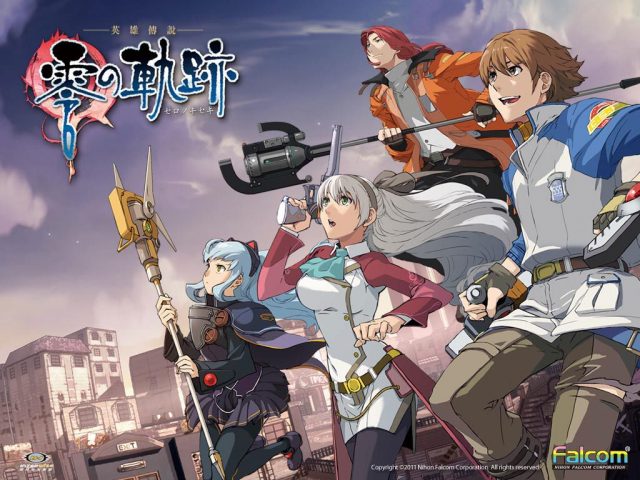
The games tweaked some of the visuals (not always for the best) expanded most breasts by about ten times their original size just for the sake of it, and included voice acting, among some other changes. English patches do exist for the EVO games, but require a hacked Vita system to implement.
The portability factor is the other deciding feature for the Erebonia arc. The Vita version has longer loading times and framerate issues, while the PC version boasts improved graphics, QoL features, and more voiced lines.
Or if you have a PlayStation 4, you can do yourself a favor and pick up the Decisive Edition of the first Cold Steel and the Relentless Edition of the second when they launch at the end of March. They have even more voiced lines than the PC version, with improved graphics, and a number of other features.
—
With their lengthy stories and heaps of dialogue, the Trails games might not be for everyone. If you’re looking for a game to settle down with for a while, you enjoy niche RPGs, and you like the idea of a video game series with a plot akin to something you’d find in a novel, any story arc of the Trails games would be well worth your time.

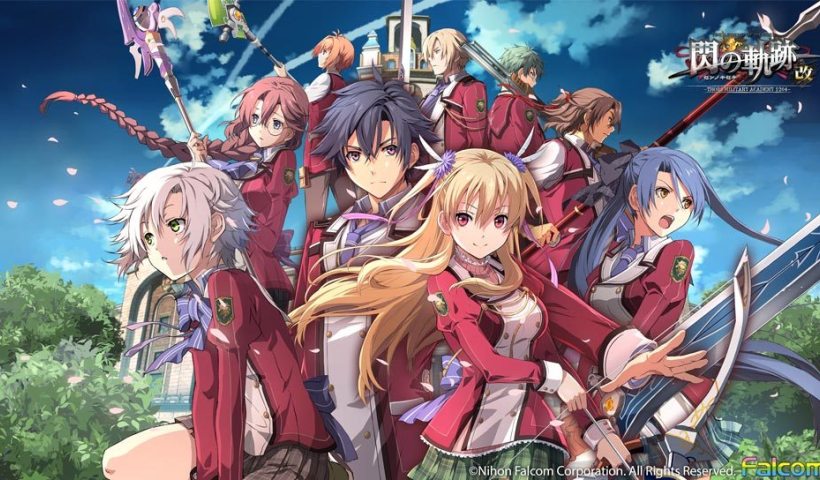
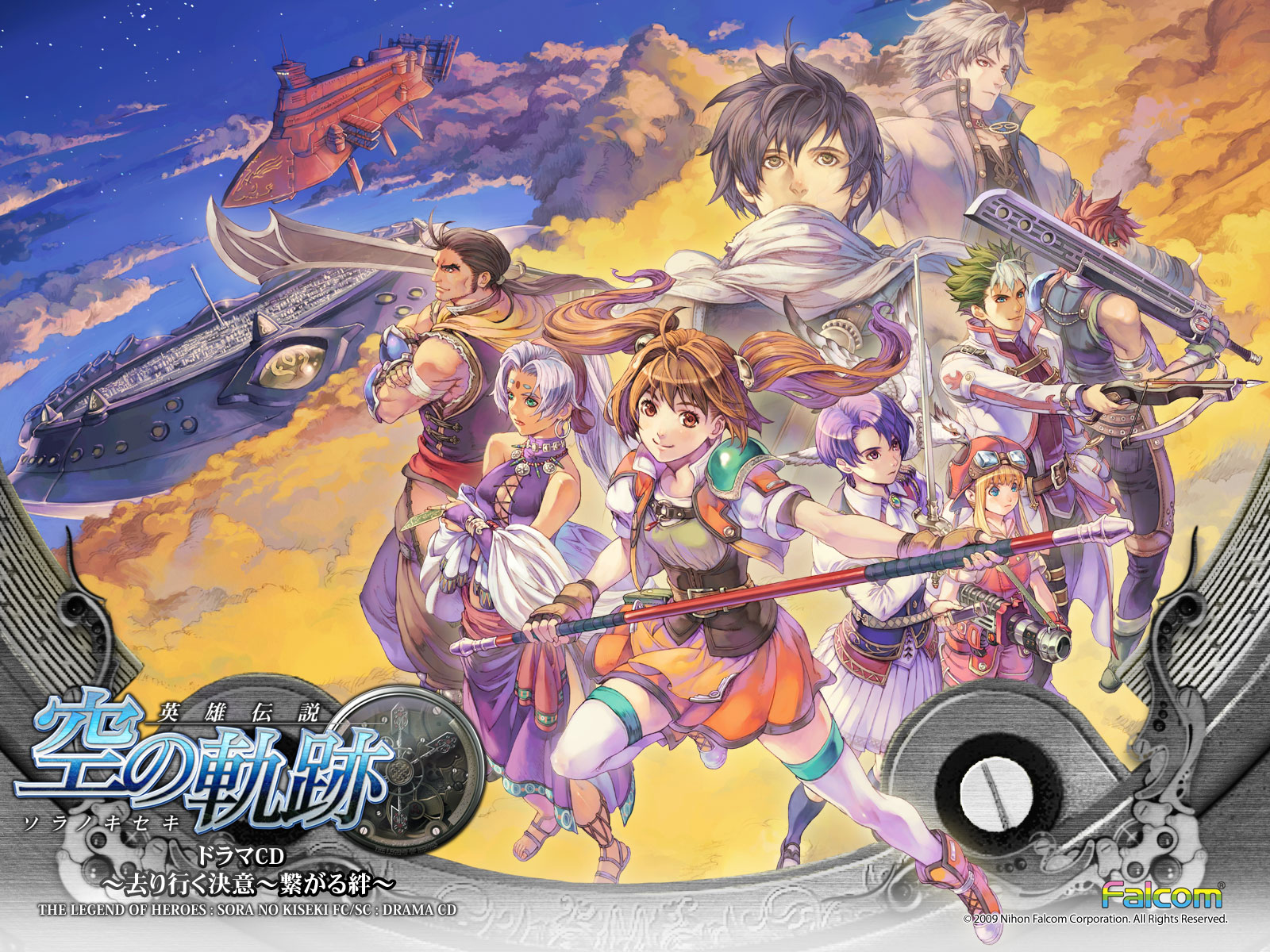
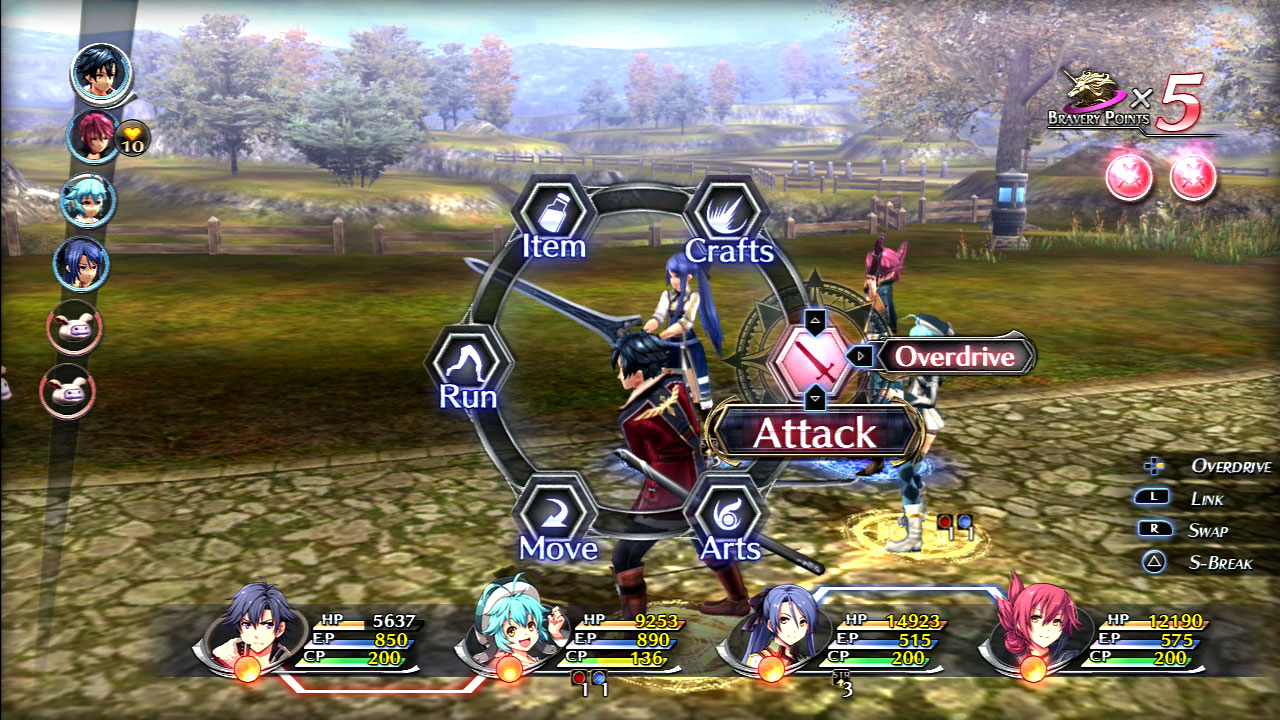
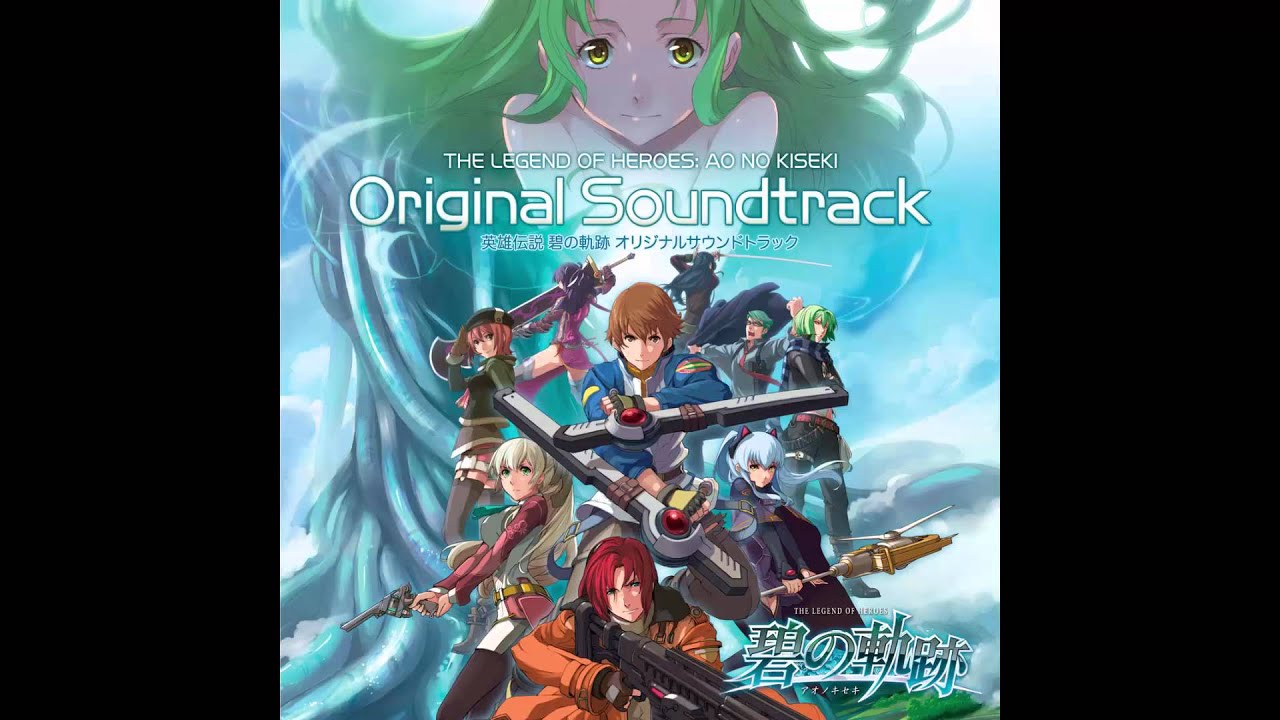
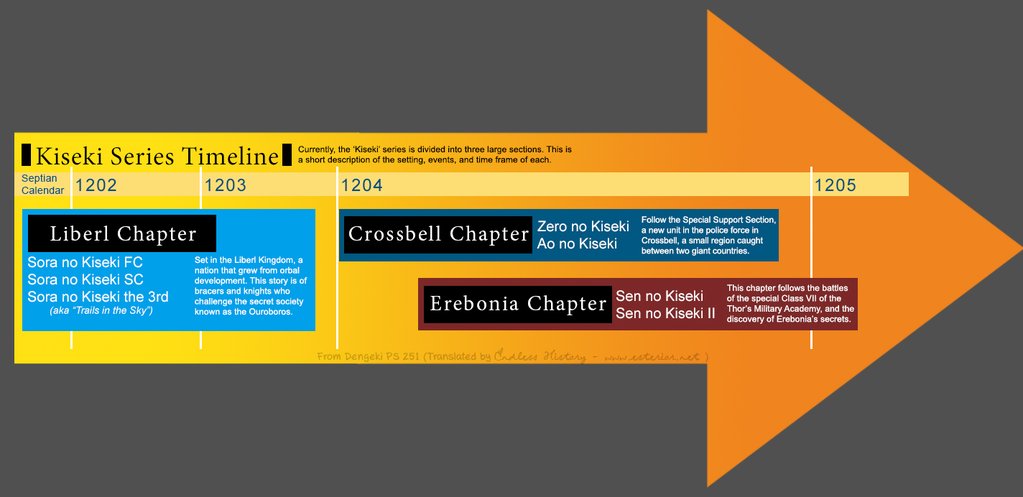
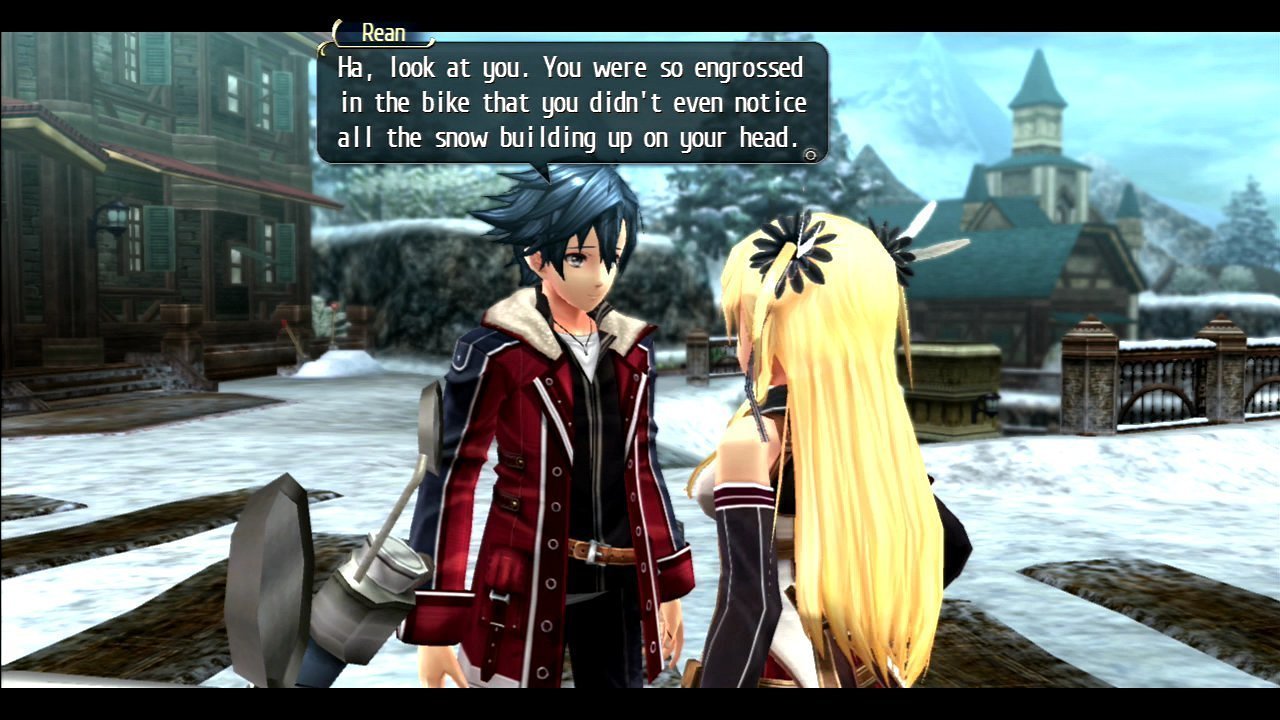
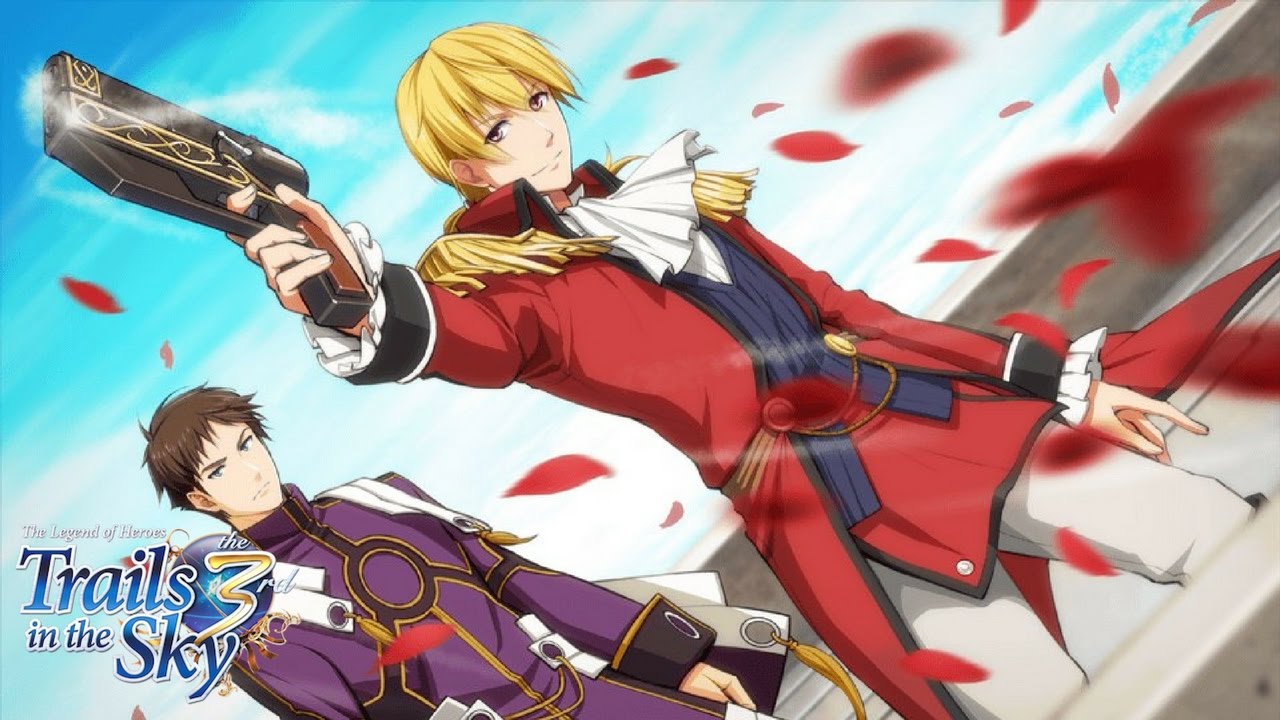





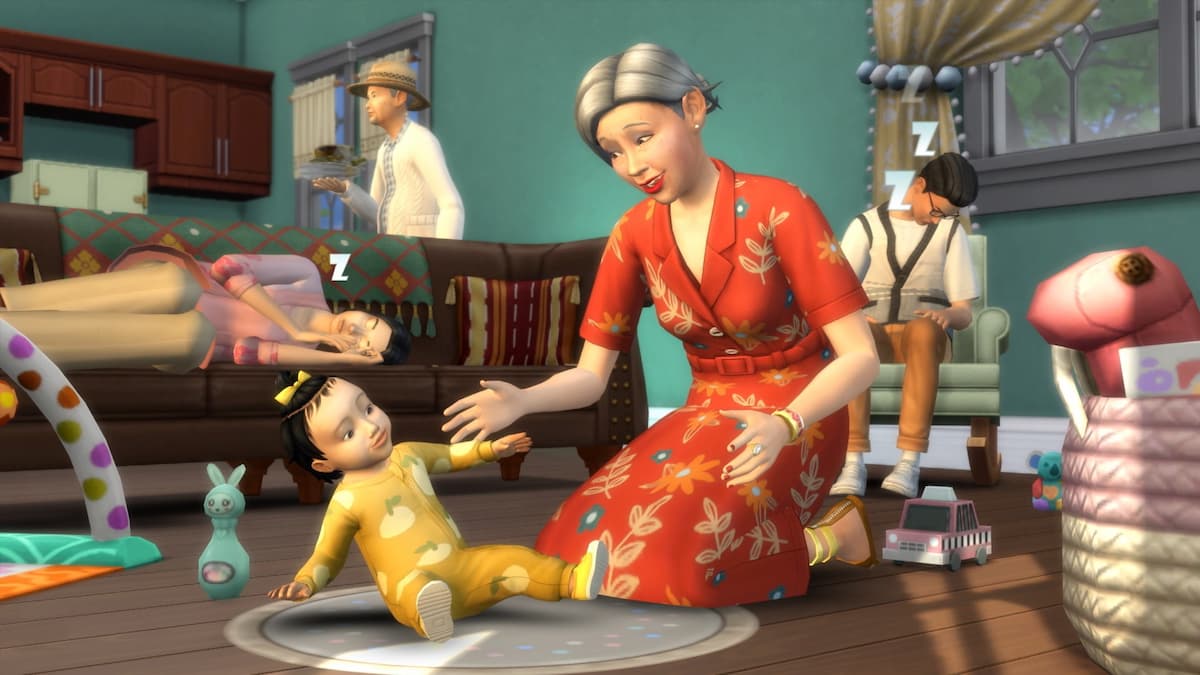
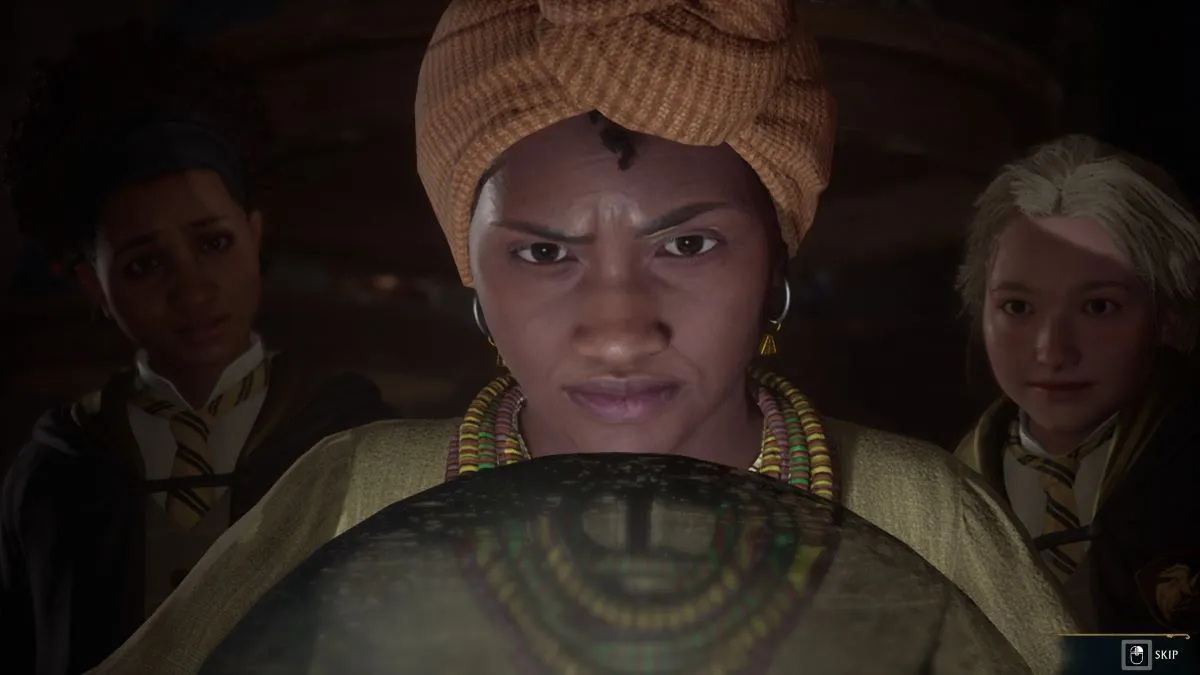
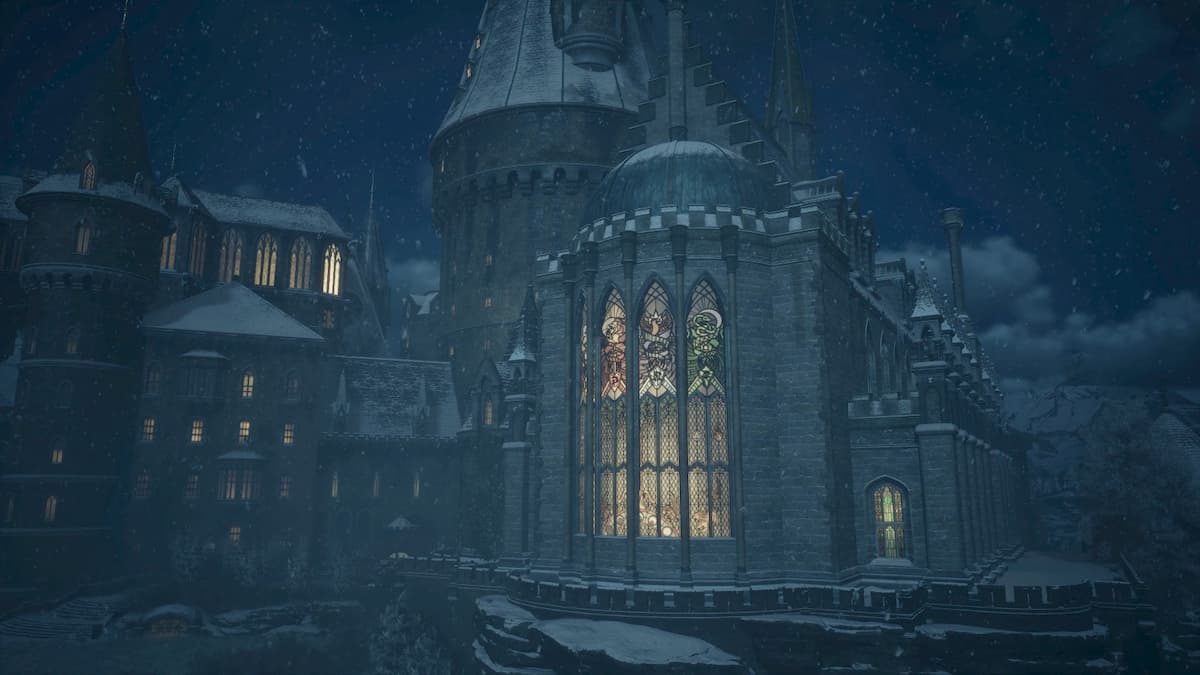
Published: Mar 18, 2019 01:03 pm